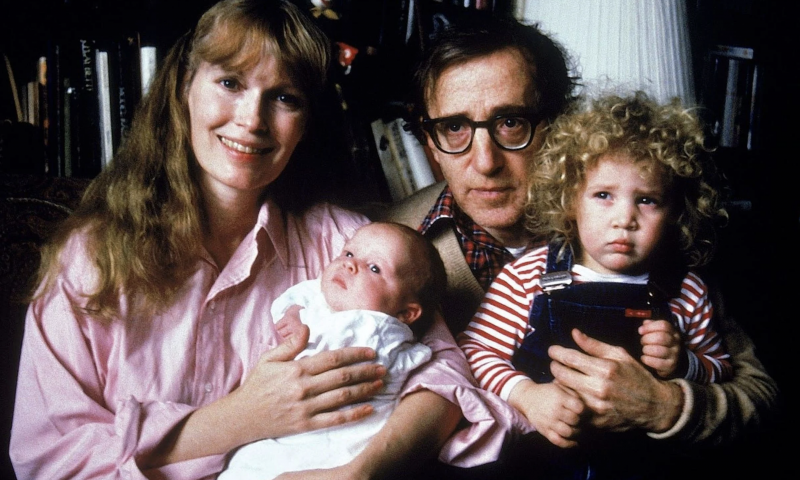There are many astonishing things about HBO’s new four-part documentary series, Allen v. Farrow. The first is just how many people in it—family, friends, neighbors, babysitters, ex-lovers—freely testify to Woody Allen’s unhealthy interest in young girls, including his own adopted daughter, Dylan. The second is how those revelations hit you as a bystander. As the four episodes unfurl, you feel shock, disbelief, disgust, and a deep, unerring sense that this will be—this has to be—the end of Woody Allen.
The truth of the matter is that much of the information laid out in Allen v. Farrow has been readily available for nearly 30 years. Originally published in a Vanity Fair article titled “Mia’s Story” back in November 1992, the many (many) testimonies against Allen have been out there, hiding in plain sight, ever since. That they have gone so widely unheeded, ignored and swept under the rug all this time has been hurting the Farrow family—especially Dylan—ever since. And its bearing witness to that pain ultimately gives Allen v. Farrow its power.
The series does an excellent job at deftly cutting through the defenses Allen has relied on, and hidden behind, since 1992. His narrative has long been that Farrow made up child sex-abuse allegations to get revenge on Allen after he left her for Soon-Yi Previn—one of her other adopted children. Allen’s defenders have argued repeatedly that 7-year-old Dylan had been coached by Farrow to tell lies about him.
That version of events is undercut in Allen v. Farrow by corroborated statements that describe in detail Woody Allen’s smothering and obsessive behavior toward Dylan from the time she was a toddler. Mia Farrow talks of his “incredible amount of focus on her” from the time she was born. As Dylan got older, multiple witnesses report, Allen’s behavior towards her became more and more inappropriate. One even says she saw him molest Dylan at an outing to the beach.



